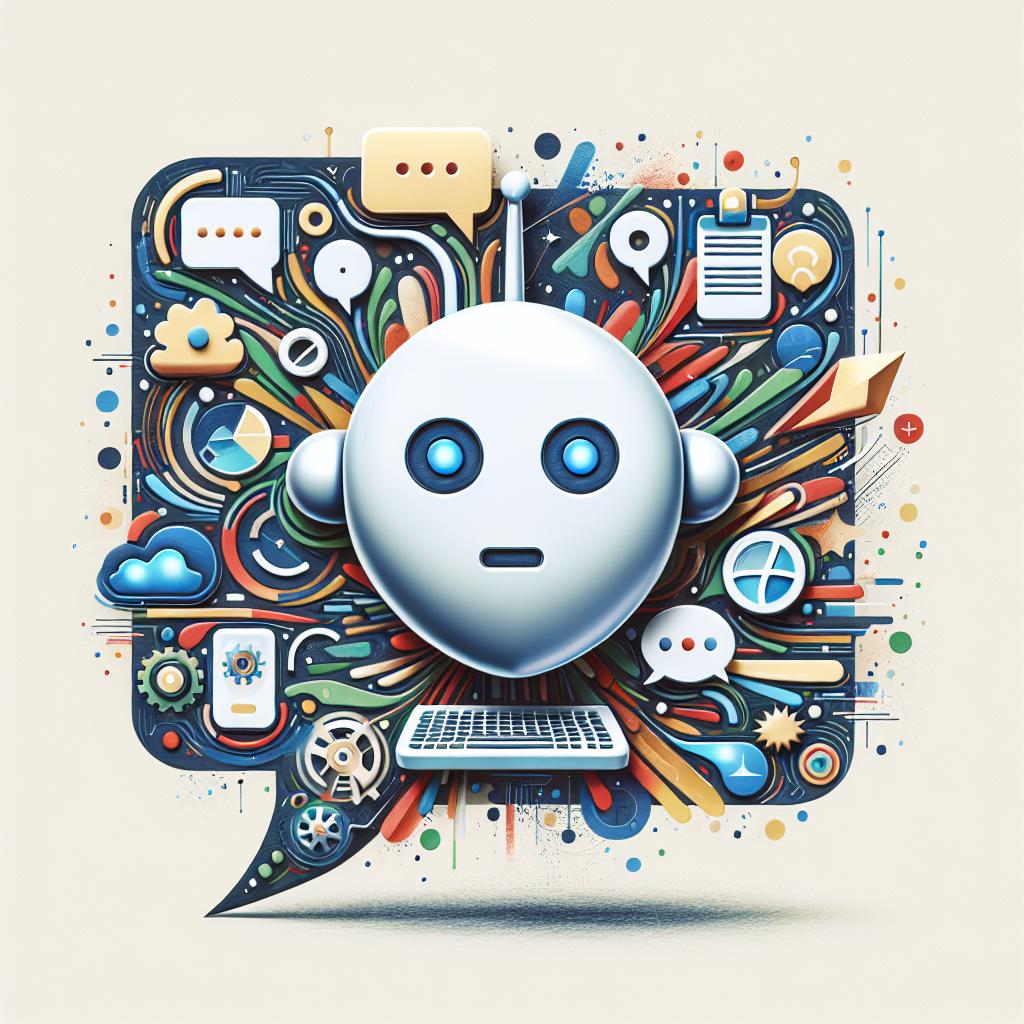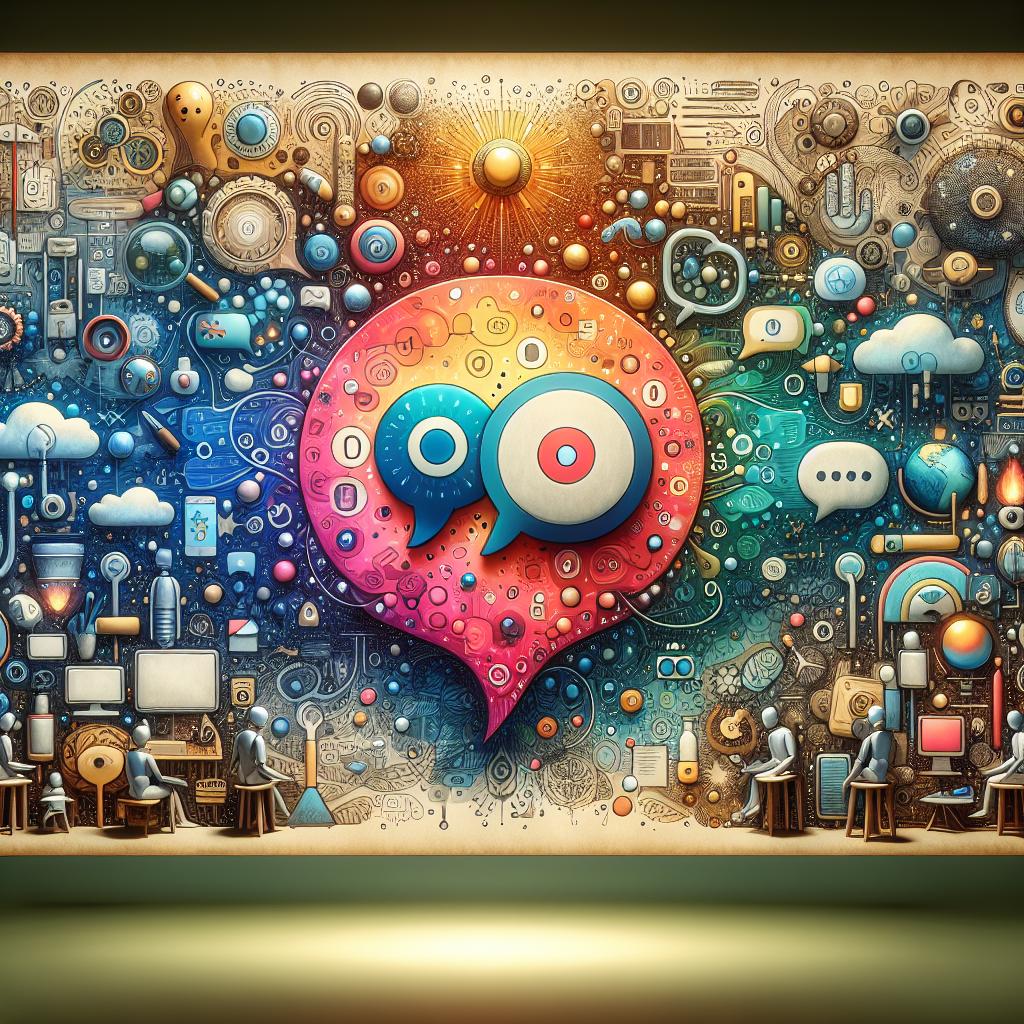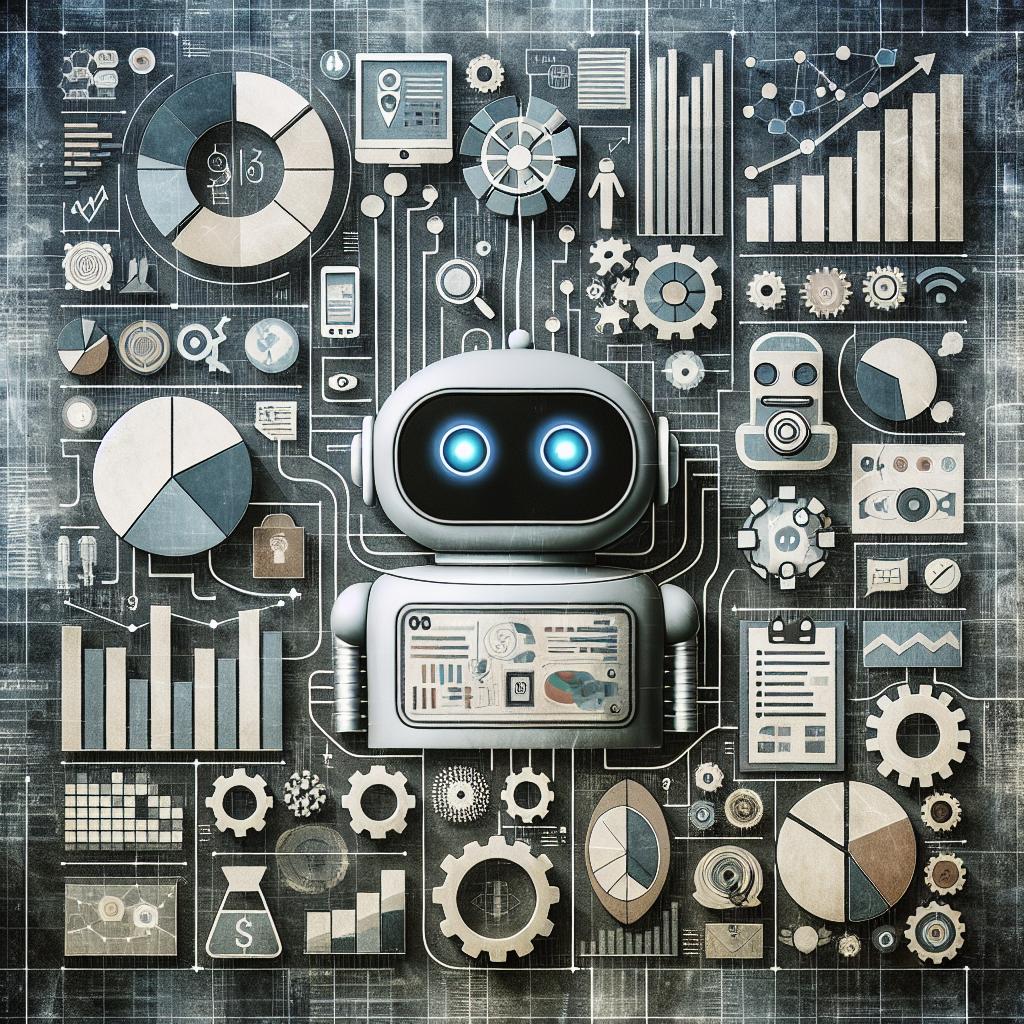In the ever-evolving landscape of digital marketing, where connections are forged in the blink of an eye and engagement is the name of the game, a new ally has emerged: chatbots! Picture this: a friendly digital assistant ready to engage, inform, and entertain your audience 24/7. As social media continues to dominate the way brands communicate with consumers, the integration of artificial intelligence in the form of chatbots is revolutionizing the way we think about customer interaction. No longer confined to simple responses, today’s chatbots are sophisticated enough to understand context, provide personalized experiences, and drive significant growth for businesses. In this article, we’ll explore how harnessing the power of chatbots can enhance your social media marketing strategy, fostering meaningful connections and boosting your brand’s visibility like never before. So, let’s dive in and discover the exciting potential of AI-powered engagement in the dynamic world of social media!
Understanding the Power of Chatbots in Social Media Marketing
In today’s digital landscape, the role of chatbots in social media marketing cannot be overstated. These AI-driven tools offer businesses unparalleled opportunities to enhance customer engagement and streamline communication. By incorporating chatbots into their social media strategies, brands can provide instant responses to inquiries, leading to higher customer satisfaction levels. Here are some of the ways chatbots can revolutionize your marketing efforts:
- 24/7 Availability: Chatbots are always on, ensuring that your audience receives prompt assistance at any time.
- Personalized Interactions: By utilizing user data, chatbots can tailor conversations to meet individual preferences and interests.
- Increased Efficiency: Automating routine questions frees up human agents to focus on more complex queries, enhancing overall productivity.
Moreover, chatbots adeptly facilitate marketing campaigns by engaging users in interactive experiences. They can guide customers through product selections, recommend personalized offers, and even process transactions within a social media platform. To illustrate their impact, consider the following comparison of chatbots versus traditional customer service methods:
| Feature | Chatbots | Traditional Methods |
|---|---|---|
| Response Time | Instant | Varies |
| Cost | Low operational costs | Higher staffing costs |
| Scalability | Highly scalable | Limited by workforce size |

Crafting Conversational Experiences: Designing Engaging Chatbot Interactions
Designing a chatbot interaction that captivates users is an art form that blends creativity with strategy. To achieve this, it’s essential to focus on the user’s journey throughout the chat experience. Engaging chatbots should have the ability to recognize user intent, allowing for seamless navigation through various touchpoints. Incorporating elements like personalization, where responses are tailored based on user data, significantly enhances the interaction. By employing a friendly tone, using clear and concise language, and injecting a bit of humor when appropriate, chatbots can create a more inviting atmosphere. Additionally, utilizing interactive components like quick reply buttons and image carousels can make conversations more dynamic and enjoyable.
A key aspect of creating compelling chatbot interactions is to develop a robust dialogue flow that anticipates user needs and keeps the conversation fluid. To ensure this, it can be helpful to build user persona profiles to understand different audience segments. Here are some critical considerations for chatbot design:
- Set Clear Objectives: Define the primary goals of the chatbot, whether it’s lead generation, customer support, or product recommendations.
- Use Natural Language Processing: Implement technologies that allow the bot to understand and respond to user queries in everyday language.
- Feedback Mechanism: Include options for users to provide feedback on their interaction to continually enhance the chatbot experience.
Furthermore, one effective method to visualize and evaluate the chatbot’s performance is through a clear metrics table that can track engagement levels:
| Metric | Value |
|---|---|
| Daily Active Users | 1,500+ |
| Average User Rating | 4.5/5 |
| Response Time | Under 3 seconds |

The Science of Personalization: Tailoring Chatbot Responses for Your Audience
Personalization in chatbot interactions is all about understanding and adapting to the unique preferences and behaviors of your audience. By leveraging data analytics, chatbots can create personalized experiences that resonate on a deeper level with users. Key factors influencing personalization include:
- User History: Tracking previous interactions allows chatbots to recall users’ past preferences and tailor responses based on this data.
- Demographics: Understanding age, location, and interests helps shape relevant conversations with different audience segments.
- Real-time Behavior: Monitoring how users interact in the moment allows chatbots to adjust responses dynamically, enhancing engagement.
To implement effective personalization, brands can utilize various techniques that foster stronger connections. For instance, integrating machine learning algorithms enables chatbots to learn from user interactions continuously and improve over time. This can be quantified in a simple overview:
| User Interaction | Response Adaptation |
|---|---|
| Product Inquiries | Offer detailed product recommendations based on past purchases. |
| Content Engagement | Share articles or posts similar to those previously liked or shared. |
| Feedback Collection | Adjust follow-up questions based on earlier responses for more targeted feedback. |

Measuring Success: Key Metrics to Evaluate Chatbot Performance in Social Media
To effectively assess the performance of chatbots in your social media strategy, it’s essential to focus on key metrics that illuminate their impact on user engagement and overall business goals. Tracking response time can reveal how quickly your chatbot addresses customer inquiries, which is crucial for maintaining user satisfaction. Additionally, evaluating the user retention rate can provide insights into how effectively your bot fosters ongoing interactions with users. Consider monitoring conversion rates to determine how many users completed desired actions, such as making a purchase or signing up for a newsletter, during their conversation with the chatbot.
Another important metric is the sentiment analysis of responses, which examines the overall tone of user interactions, helping you gauge customer satisfaction or frustration levels. Implementing a feedback loop allows users to rate their chatbot experience, providing qualitative data for further enhancements. Presenting these insights in an organized manner can simplify your assessment. Here’s a simple table to help visualize some common performance metrics and what they reveal:
| Metric | Insight |
|---|---|
| Response Time | Speed of engagement |
| User Retention Rate | Long-term engagement |
| Conversion Rate | Effectiveness in driving actions |
| Sentiment Analysis | User satisfaction levels |
| Feedback Rating | Areas for improvement |
In Summary
As we wrap up our exploration of the vibrant intersection between chatbots and social media marketing, it’s clear that AI isn’t just a trendy buzzword—it’s a powerful ally in our quest for deeper engagement and sustainable growth. By harnessing the capabilities of chatbots, brands can connect with their audience in real-time, creating personalized experiences that foster loyalty and spark conversations.
Imagine a world where your customers feel heard, valued, and understood—thanks to the seamless integration of AI in your social media strategy. Whether it’s answering questions, guiding users through their journey, or even just sharing a friendly chat, the potential is boundless. Embracing this technology means stepping into the future of marketing, where human-like interactions enhance brand storytelling and connect communities.
So, as you venture forth, consider how chatbots can play a starring role in your marketing narrative. Our digital landscape is evolving, and by leveraging the charm of AI-driven engagement, you can not only grow your brand but also cultivate meaningful relationships. Here’s to a future where every chat, every interaction, and every moment spent online is an opportunity for connection, engagement, and growth. Happy chatting!

